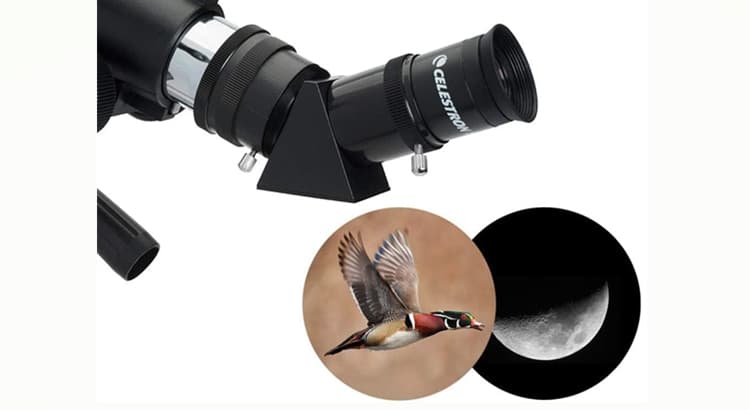Howdy, stargazers and telescope enthusiasts! If you’ve ever peered through a telescope and noticed that the view in the finder scope seems to be playing a game of acrobatics by appearing upside down, you’re not alone. The perplexing question – “Is a finder scope on a telescope supposed to be upside down?”
Invites us to embark on a cosmic journey exploring the quirks, reasons, and potential solutions to this curious phenomenon.
The Optical Odyssey
To tackle the upside-down mystery, let’s first understand the optical journey that light takes within a telescope. Telescopes utilize a series of lenses and mirrors to gather and magnify light from distant celestial objects. The finder scope, a smaller, secondary telescope mounted on the main telescope, aids in locating and aligning the telescope with specific targets.
The Flip Side of Finder Scopes
It’s not uncommon for finder scopes to present an upside-down view, leaving many astronomers scratching their heads. The reason behind this peculiar orientation lies in the design and purpose of most finder scopes.
Many finder scopes use a simple optical system that provides a wide field of view, making it easier to locate objects in the night sky. However, this design often results in an inverted (upside-down) image.
Why Upside Down? The Physics Behind It
The primary culprit behind the upside-down view is the use of prisms or lenses that flip the image for a wider field of view. While this might seem counterintuitive, especially for beginners, there’s a method to the optical madness.
In astronomical observations, the orientation of celestial objects doesn’t matter, and an upside-down image doesn’t impact the telescope’s primary purpose – capturing the beauty of the cosmos.
The Unconventional Convenience
Believe it or not, the upside-down view in a finder scope can be more of a convenience than a hindrance. When scanning the night sky, the orientation of celestial objects may not align with our Earth-bound expectations.
However, experienced astronomers often find that the upside-down view becomes second nature, and its impact on celestial navigation is minimal.
Navigating the Night Sky
For those new to the stargazing scene, adapting to the upside-down view in a finder scope might require a mental adjustment. However, it’s important to note that finding and tracking celestial objects is more about patterns and relative positions than the specific orientation of the image.
With practice, astronomers develop an intuitive understanding of how the inverted image corresponds to the actual position of stars and planets.
Solutions for the Inversion Conundrum
If the upside-down view remains a celestial conundrum, fear not – there are solutions at hand. Some telescopes come equipped with erecting prisms or diagonal mirrors for the finder scope, correcting the orientation and providing a more familiar upright view.
These accessories, often sold separately, can enhance the viewing experience for those who prefer a conventional orientation.
Educational Upside-Downsides
While the inverted view may not pose a significant challenge for experienced astronomers, it can be a point of confusion for educational purposes.
Teaching astronomy concepts to beginners might require additional explanations to help them understand the discrepancy between what they see in the finder scope and their expectations based on Earth-centric perspectives.
The World Beyond Upside Down
In the grand cosmos of celestial observation, the orientation of the view in a finder scope is a minor detail. Astronomers, both amateur and professional, often focus on the breathtaking beauty of the night sky and the wonders that telescopes unveil, regardless of whether the view is inverted or not.
Conclusion
In conclusion, the upside-down mystery of finder scopes on telescopes is a testament to the quirky intricacies of optical design and the adaptability of seasoned stargazers.
While the inverted view may initially baffle newcomers, it’s a characteristic that many astronomers come to embrace as part of the cosmic experience.
Whether you’re peering through a telescope for the first time or you’re a seasoned celestial navigator, the upside-down view in a finder scope is a reminder of the vastness and uniqueness of our universe.
So, embrace the astronomical quirkiness, adjust your perspective, and let the wonders of the night sky unfold in their captivating, albeit inverted, glory. Happy stargazing, cosmic explorers!





